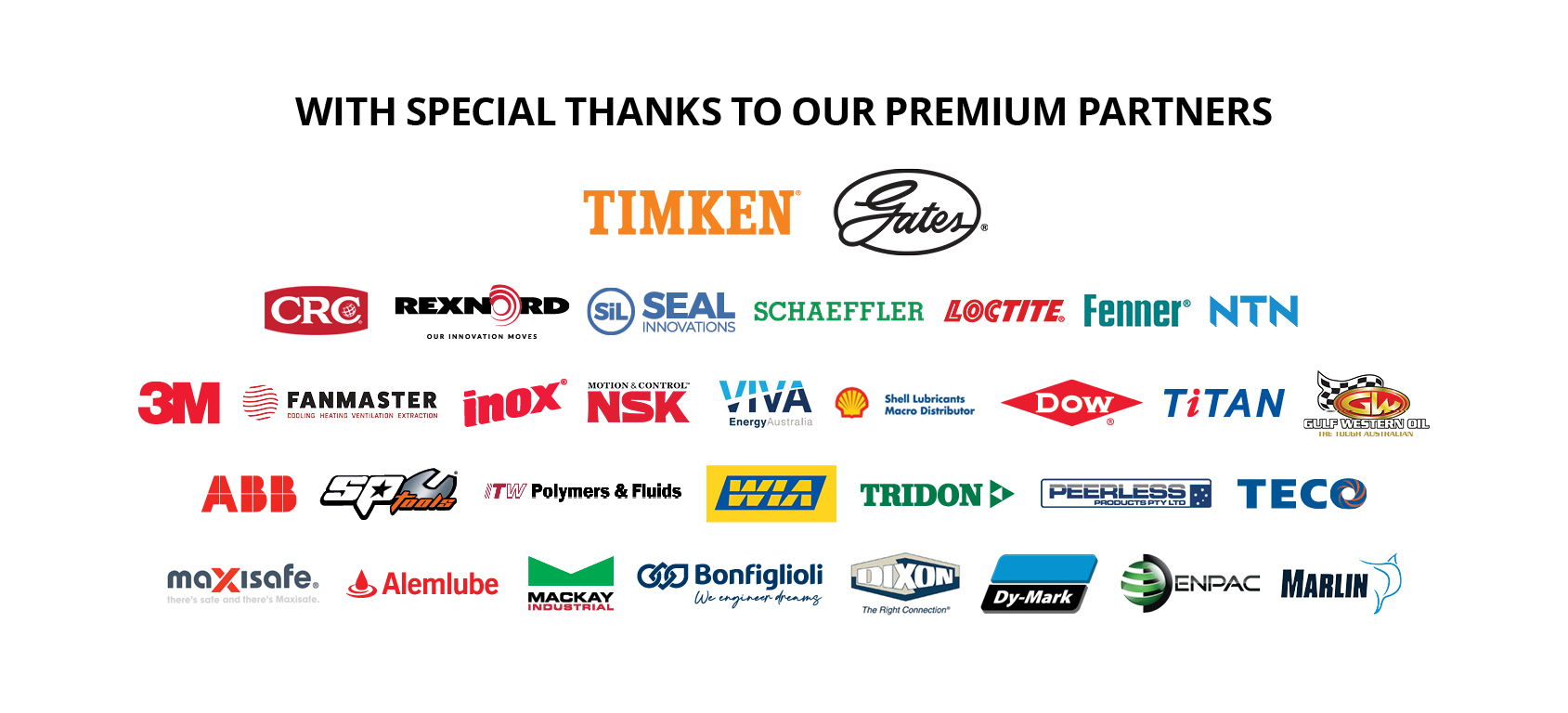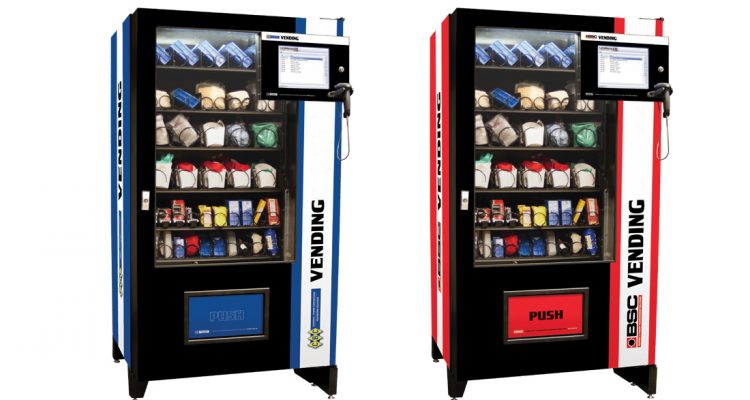When discussing the strides made through technology in inventory management, eCommerce expert Zac Gray is keen to get two clear messages across – the first is that these solutions are highly bespoke, and the second is that they can radically reduce operational costs for any business in the Paddock to Plate sector.
“The most important feature of the on-site solutions we offer is that they are highly customisable and tailored to suit every customer based on their unique requirements,” explained Zac, who is the Manager, Marketing – Digital Business Programs & eCommerce at Industrial Solutions Australia, part of Motion Asia Pacific. “I can guarantee that we can reduce costs and improve efficiencies with any customer out there through our various inventory control systems.”
The onsite solutions programme that Motion Asia Pacific provide includes four types of technology: industrial vending, vendor managed inventory (VMI), repair and warranty tracking, and RFID tracing (Radio Frequency Identification). These are enabled by an industry partnership with Inventory Control Systems (ICS), the Australasian reseller of CribMaster– a globally-recognised leader of industrial inventory and asset management solutions.
According to Zac, there are many advantages of onsite solutions, with three key overarching benefits that include improved compliance, increased productivity and reduced operational costs. Other key advantages include 24/7 inventory access, traceability, and worker accountability.
“Traditionally, you would have a full time employee to run a storeroom which may then only be open for eight hours a day in a five day week – that’s not practical for a 24/7 facility when critical spare parts or PPE may be urgently needed out of those hours,” explains Zac. “So, having round-the-clock inventory access is a big one, but also being able to control and track where products or tools are going is key.”
John Meaney, Business Development Director at ICS, says the Australian food and beverage sector stands to benefit greatly from these advanced technologies.
“The Global CribMaster community has demonstrated the benefits that can be derived using advanced RFID technology and related vending systems, to control access to of consumables, PPE, spare parts, fasteners, and tooling,” he said. “Australian success stories include global glass bottle manufacturers, confectioners, and beverage markets that have achieved significant reduction in product usage (up to 50% in some cases), reduction in labour intensity of administration, and the ability to reinforce safety policies within their processes.”
John also illustrated the importance of tracking and safety control in a food and beverage context.
“Where food and beverage facilities can truly benefit from these systems is in food safety and the tracking of tooling across the red line,” he said. “For example, if a worker goes into an RFID controlled store and takes a blade for the production line, the system will report if that blade hasn’t been returned and alert the appropriate supervisors – as this could be a potential contaminant to the end product.”
Having the ability to track where product or tools are going in a highly scrupulous manner not only increases worker accountability but can dramatically reduce waste. Zac estimates that a business can reduce their product consumption and waste by up to 35% through increased visibility.
Zac further pointed out the benefits of setting up a contactless ‘click and collect’ approach to ensure safety and traceability – which has been especially prioritised during the pandemic.
“We can set up on-site solutions so that they’re completely driven by technology to reduce contact and the risk of transmission throughout an entire workforce,” he said. “For example, we can put in access requirements and use technology such as voice activated vending machines,” Zac says.
Moreover, the technologies can provide centralised pattern analysis and detailed insights into product consumption. An on-site solution might also include automatic re-ordering so that customers don’t run out of critical spares or PPE.
“A lot of customers are not set up to look at velocity of usage with regards to PPE or consumables, and what their wastage levels are – we can do that for them. Centralised reporting will show them exactly what is being used, what they are paying and where it is going,” explains Zac.
Batch tracking is another solution that Zac says is gaining popularity in the food and beverage industry: “For example, we could use RFID on a production line to track and trace batches.”
Notably, he says the on-site solutions “do not dictate what you can vend – it is the other way around”, concluding that, “we will never try to design a solution around a type of technology, be that a type of vending machine or RFID setup. We gain an understanding of the specific customer requirements and then we use the technology to tailor the solution.”

